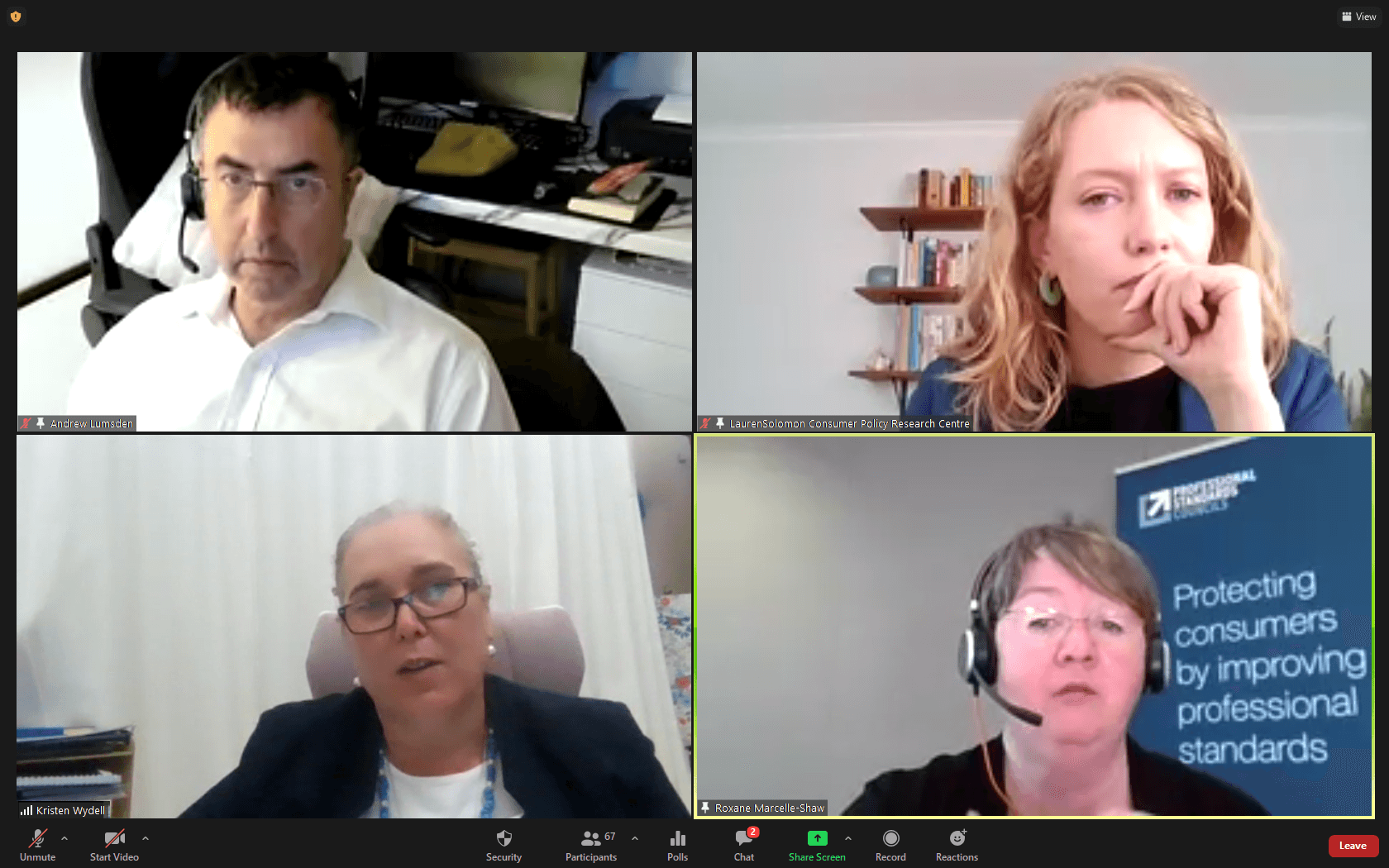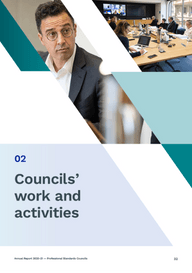Councils' Work and Activities in 2020/21
The 2020/21 Annual Report period saw 17 schemes in force nationally, and membership growth to 86,089. Associations' Professional Standards Improvement Program reports were analysed by the Councils informing key insights within this Annual Report. Other activities include case studies below, and the Councils Professional Standards Forums.
Read more about this chapter



